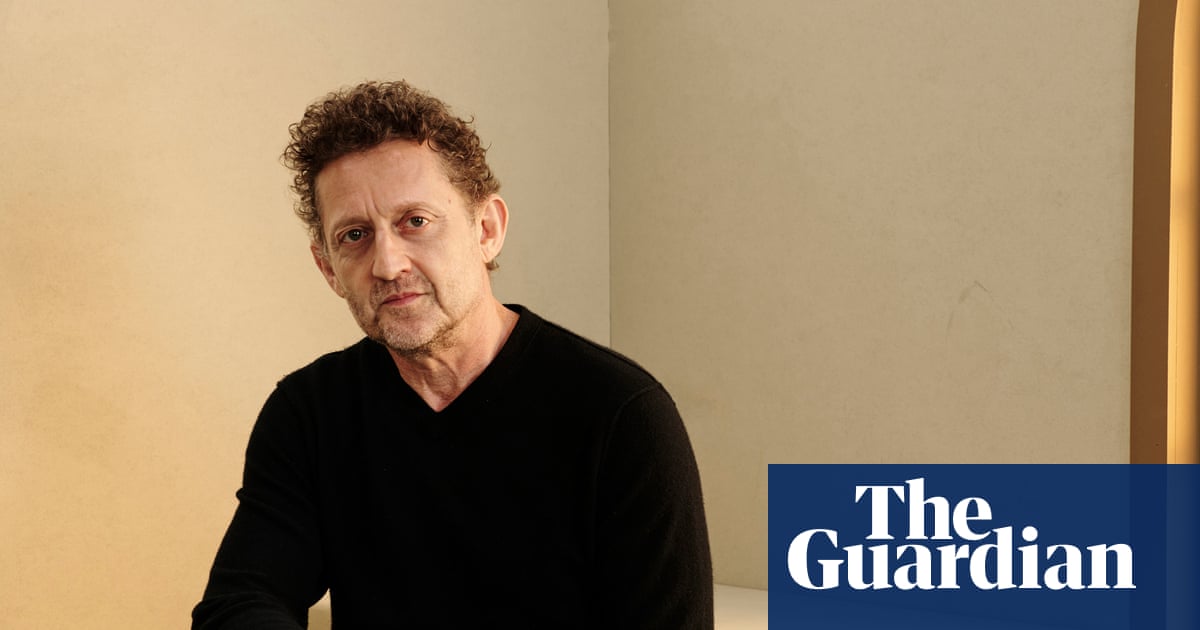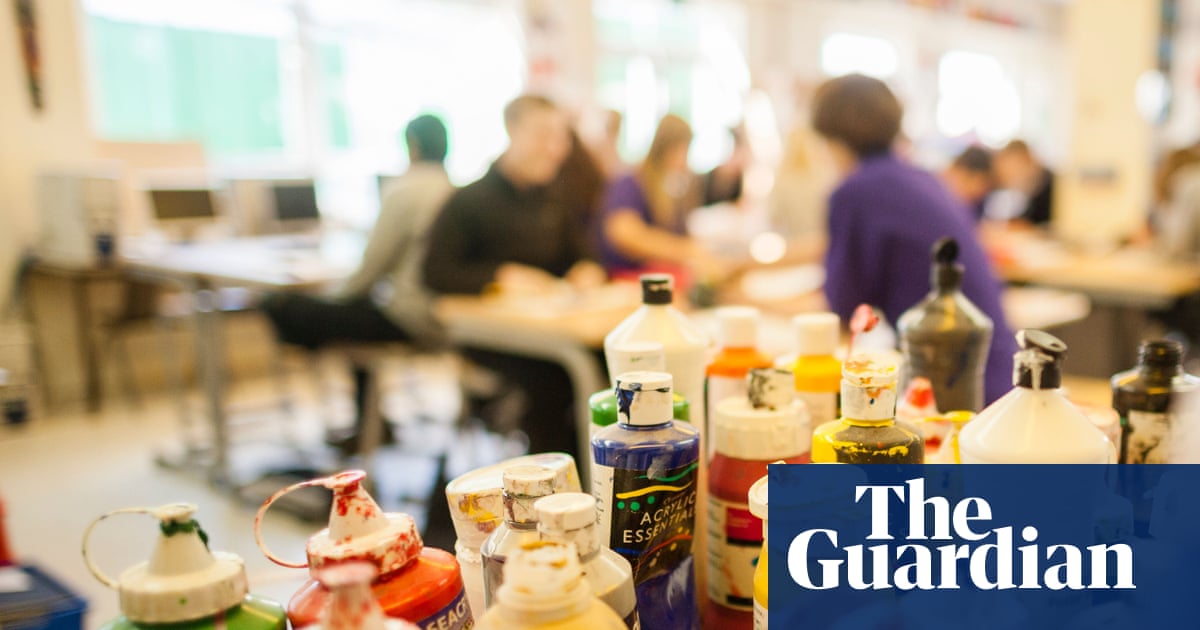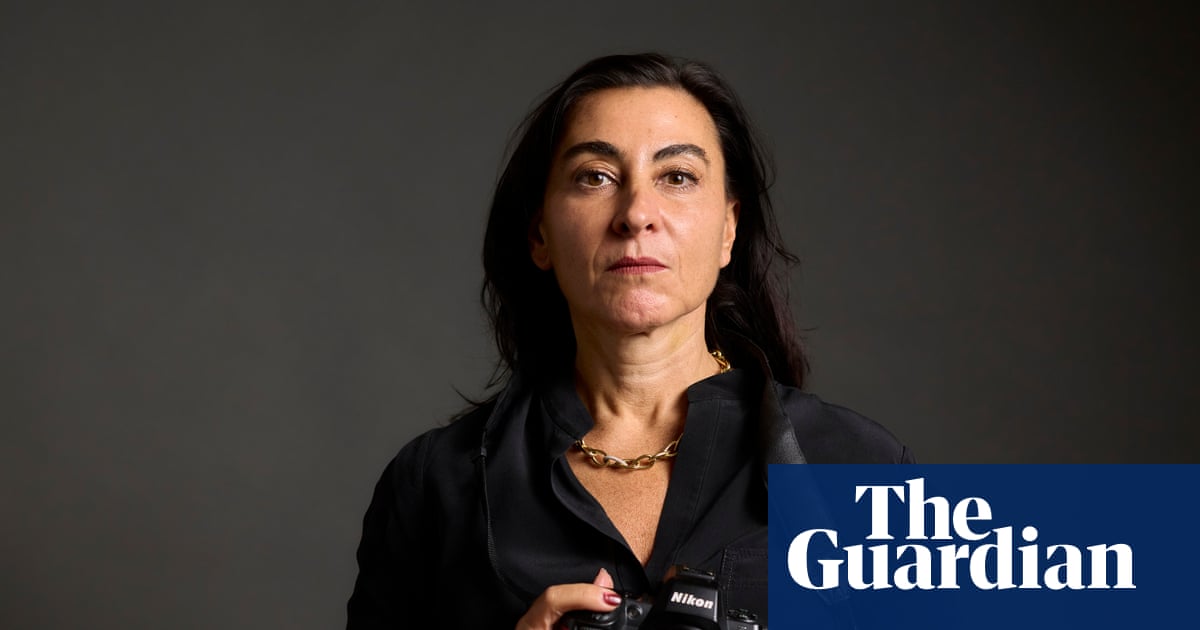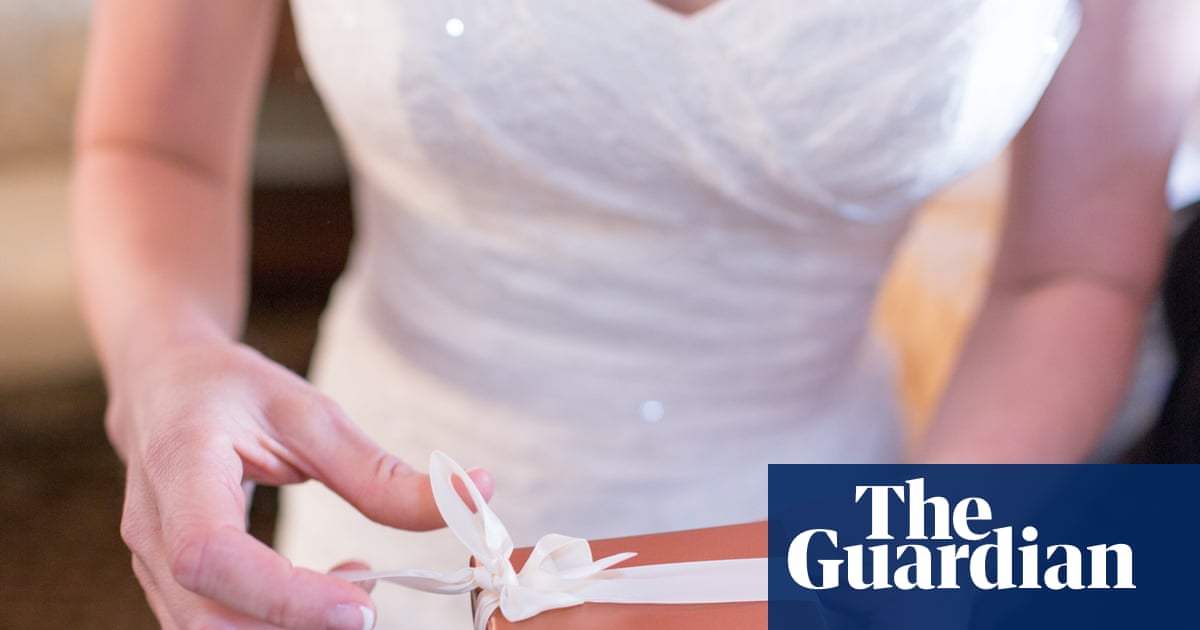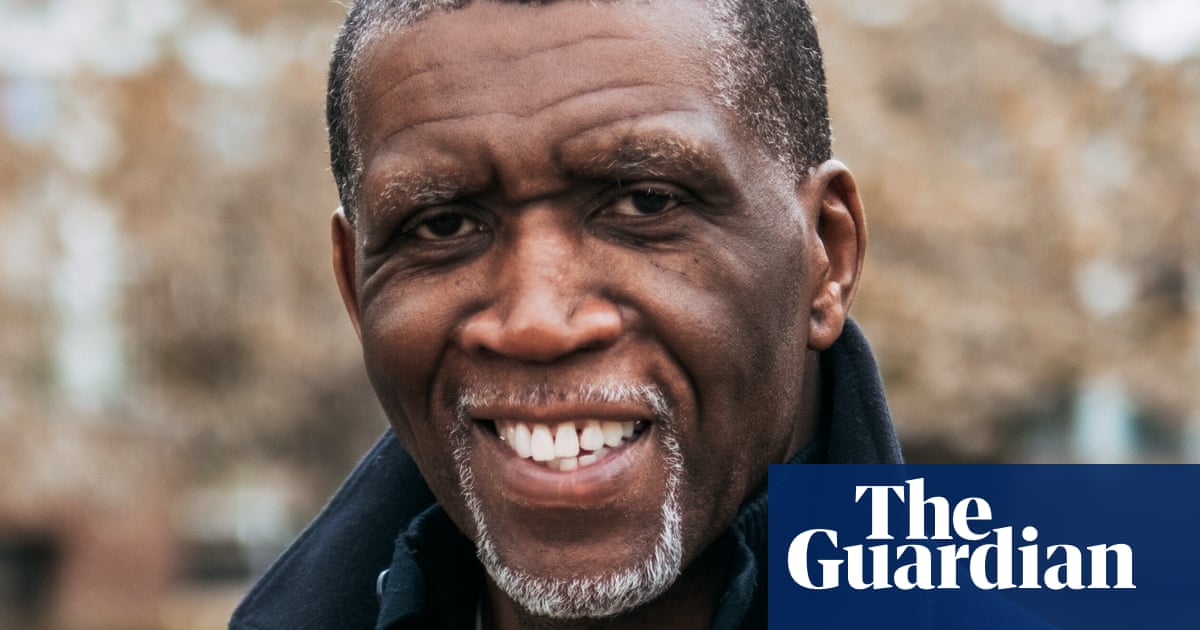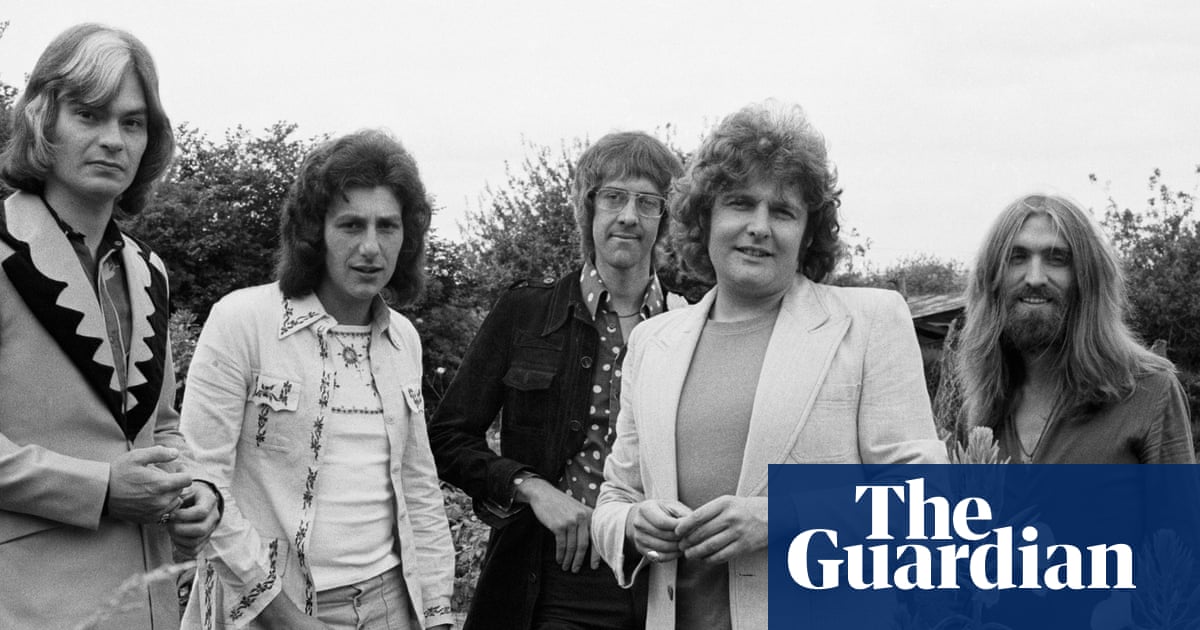The night before Eid, plastic chairs line the pavements of busy British high streets from London to Bradford. Women sit elbow-to-elbow beneath shopfronts, hands outstretched as artists swirl cones of henna into intricate curls. For £5, you can walk away with both palms blooming. Once confined to weddings and living rooms, this centuries-old ritual has spilled out into public spaces – and today, it’s being reimagined entirely.
In recent years, henna has travelled from family homes to the red carpet – from actor Michaela Coel’s Sudanese motifs at the Toronto film festival to Katseye singer Lara Raj’s henna decor at the 2025 Video Music awards. Younger generations are using it as art, political expression and cultural affirmation. Online, the appetite is increasing – UK searches for henna reportedly rose by nearly 5,000% last year; and, on social media, creators share everything from faux freckles made with henna to five-minute floral design tutorials, showing how the dye has adapted to modern beauty culture.
Yet, for many of us, the relationship with henna – a paste pressed into cones and used to temporarily stain skin – hasn’t always been uncomplicated. I remember sitting in salons in Birmingham when I was a teenager, my hands adorned with fresh henna that my mother insisted would make me look “presentable” for special occasions, weddings or Eid. At the park, strangers asked if my little brother had scribbled on me. After painting my nails with henna once, a classmate asked if I had frostbite. For years after, I hesitated to wear it, self-conscious it would draw unwanted attention. But now, like many other young people of colour, I feel a stronger sense of pride, and find myself wanting my hands decorated with it more often.
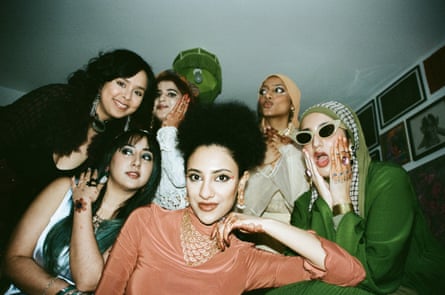
This idea of reclaiming henna from cultural erasure and appropriation resonates with HuqThat, a six-member artist collective based in London redefining henna as a legitimate art form. Founded in 2018, HuqThat’s work has adorned the hands of singers such as Joy Crookes and they have worked with Nike and Converse. “There’s been a cultural shift,” says Ruqaiyyah Patel, who joined the collective two years ago. “People are really proud nowadays. They might have dealt with racism, but now they are coming back to it.”
Henna, derived from the Lawsonia inermis shrub, has coloured skin, fabric and hair for more than 5,000 years across Africa, south Asia and the Middle East. Early traces have even been found on the bodies of Egyptian mummies. Known as mehndi, ḥinnāʾ, lalle and more depending on region or language, its uses are vast: to cool the body, dye beards, bless newlyweds, or to simply beautify. But beyond aesthetics, it has long been a vessel for community and self-expression; a way for people to gather and proudly wear culture on their bodies.
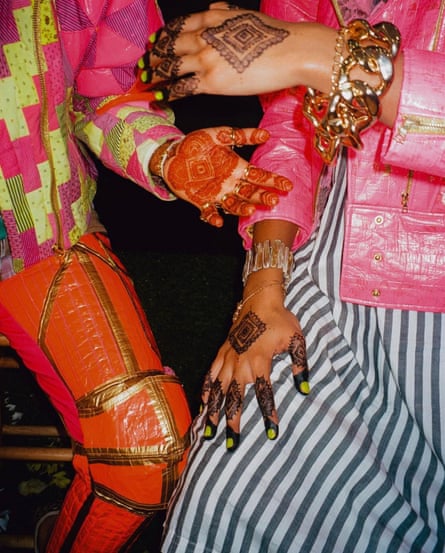
“Henna is for the masses,” says Patel. “It comes from working people, from villagers who grow the plant.” Her colleague, Nuzhat El Agabani, adds: “We want people to understand henna as a legitimate art form, just like calligraphy.”
Their work has appeared at fundraisers for Palestine and Sudan, as well as at Pride events. “We wanted to make it an inclusive space for everyone, especially queer and trans people who might have felt excluded from these traditions,” says El Agabani. “Henna is such an intimate thing – you’re entrusting the artist to look after part of your body. For queer people, that can be stressful if you don’t know who’s safe.”
Their approach mirrors henna’s versatility: “Sudanese henna is different from Ethiopian, north Indian to south Indian,” says El Agabani. “We tailor the designs to what each person connects with most,” adds Patel. Clients, who vary in age and background, are encouraged to bring personal references: jewellery, poetry, fabric patterns. “Rather than copying online designs, I want to give them opportunities to have henna that they haven’t seen before.”
For Aminata Mboup, an industrial designer and sculptor based in Toronto and Dakar, Senegal, fuddën (henna in Wolof) connects her to her Senegalese roots. She uses jagua, a natural dye from the jenipapo, a tropical fruit native to the Americas, that stains deep blue-black. “The darkened fingertips were something my grandmother always had,” she says. “When I wear it, I feel as if I’m stepping into womanhood, a sign of grace and elegance.”

Mboup, who has garnered attention on social media by showcasing her stained hands and personal style, now frequently wears henna in her everyday life. “It’s important to have it outside special occasions,” she says. “I perform my Blackness every day, and this is one of the ways I do that.” She describes it as a declaration of identity: “I have a sign of where I’m from and who I am right here on my hands, which I use for everything, every day.”
Applying henna has become meditative, she says. “It forces you to pause, to sit with yourself and connect with people that came before you. In a world that’s always rushing, there’s joy and rest in that.”
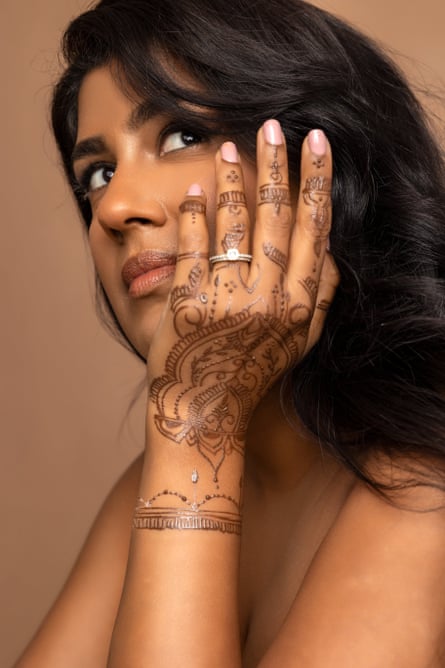
Pavan Ahluwalia-Dhanjal, founder of the world’s first henna bar, in London’s Selfridges, and holder of two Guinness World Records for fastest henna application, recognises its multiplicity: “People use it as a political thing, a cultural thing, or just for beauty – and I respect all of that.” She began experimenting with it at a family wedding. “No one took me seriously, not even my own culture,” she says. “People knew they could probably get it done cheaper in a nearby shop or house.” Then, when she went on Dragons’ Den in 2024, “I was told henna wouldn’t go beyond my community. But for the first six years, most customers weren’t from my culture at all.”
Ahluwalia-Dhanjal says her henna bar has attracted “tourists and western people” and, only in the past couple of years, people of south Asian background. “I now have a team of 25 pro-artists who do henna workshops across the UK and fly to Los Angeles,” she says. She wants henna to be “as accessible as lipstick or nail polish”. “It’s a beauty staple,” she says.
Its newfound visibility hasn’t come without tension; the fine line between appreciation and appropriation is often blurred when people borrow the art without understanding its roots. Ahluwalia-Dhanjal is pragmatic: “Some people think it’s only for festivals, weddings or south Asian people. The fact that it’s consistently sold throughout the year says a lot about how many cultures appreciate henna.”
Across continents and generations, henna’s meaning continues to stain deeply. For Mboup, this is the point. “Henna reminds me that there’s strength and virtue in what is concealed and protected. It’s a stain – and it’s mine.”

.png) 2 hours ago
5
2 hours ago
5





